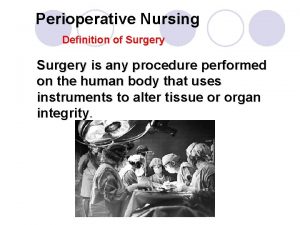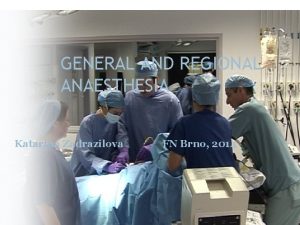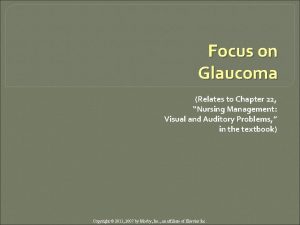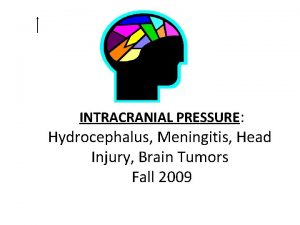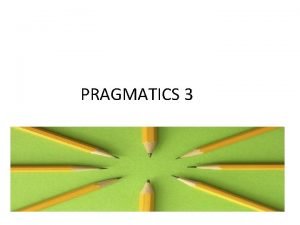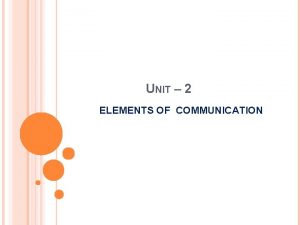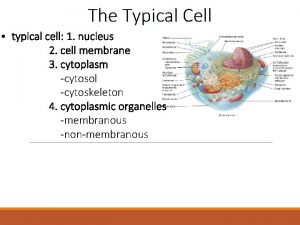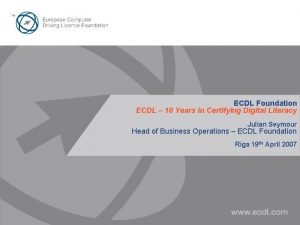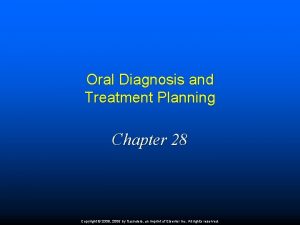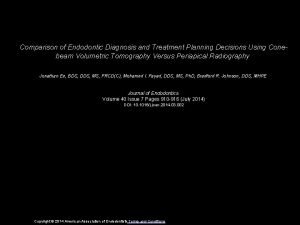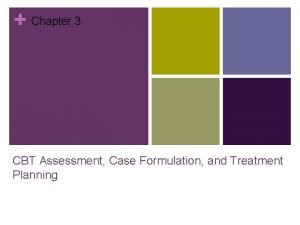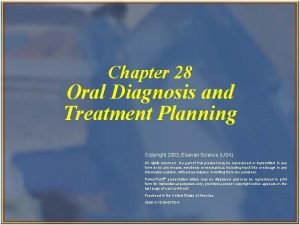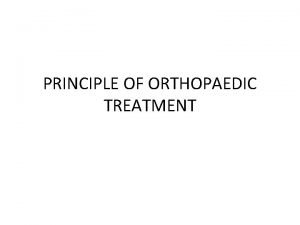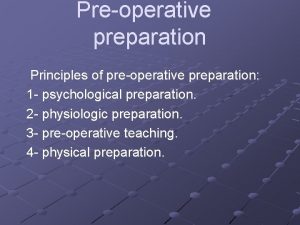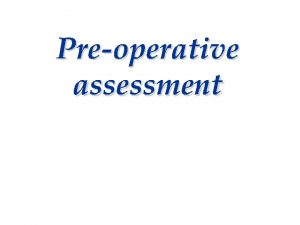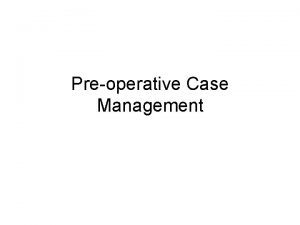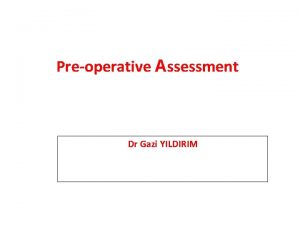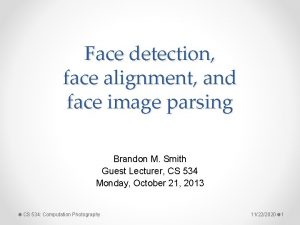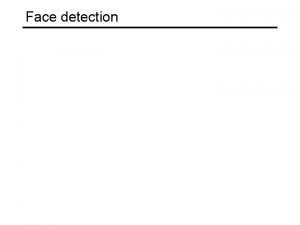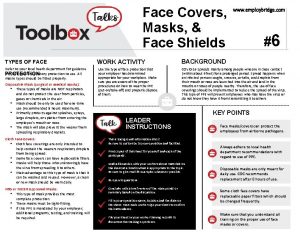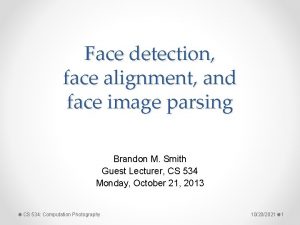Preoperative planning Principle of treatment for Mid face







































- Slides: 39


Pre-operative planning Principle of treatment for Mid face #: CONSERVATIVE OPERATIVE/SURGICAL: REDUCTION and FIXATION

Indications for Closed Reduction: Non displaced fracture, Grossly comminuted fractures, Fractures exposed by significant loss of overlying soft tissues, Edentulous maxillary fractures, In children with developing dentition. Indications for open reduction: Displaced fractures, Multiple fractures of the facial bones, Fractures of the edentulous maxilla with severe displacement, Delay of treatment and interposition of soft tissues between non-contacting displaced fracture segments, Specific systemic conditions contraindicating IMF.

fractures 1. 2. 3. 4. 5. 6. 7. 8. 9. 10.

Classification of methods of Maxillary Fracture Fixation A ) Internal Fixation 1. Suspension Wires 2. Direct Osteosynthesis B) External Fixation 1. Craniomandibular 2. Craniomaxillary

Suspension Wires – non-rigid osteosynthesis i. Frontal-central or laterally placed ii. Circumzygomatic iii. Zygomatic iv. Circumpalatal/palatal screw v. Infraorbital vi. Piriform Aperture vii. Peralveolar

Suspension Wires- Circumzygomatic wiring by Obwegeser.

Suspension Wires. Circumzygomatic wiring by Obwegeser

Suspension Wires- Orbital rim wiring

Suspension Wires- Piriform aperture wiring

Summary of Suspension wiring according to fracture site Type of Suspension Wire Type of Le Fort Fracture 1. Frontal a. Central Le Fort III & II b. Lateral Le Fort III & II 2. Circumzygomatic Le Fort I & II 3. Zygomatic Le Fort I 4. Infraorbital Le Fort I 5. Piriform Aperture Le Fort I

Disadvantages of Suspension Wiring Incomplete fixation of fractured fragments Insufficient visualization of fractures by closed reduction Compression against the cranial base No 3 -dimensional stability Patients dislike intra-oral splints as it hinders oral hygiene maintainence.

Internal Fixation Direct Osteosynthesis - 1. Interosseous Wires. 2. Plates and Screws.

Direct osteosynthesis Intraosseous Wires 1. Maxillary (Lefort –I ) 2. Zygomaticomaxillary (Lefort –II) 3. Frontonasal (Le. Fort –II &III) 4. Zygomaticofrontal (Lefort III) 5. Zygomatic bone (comminuted)

Non rigid type of osteosynthesis No 3 dimensional stability, it provides only monoplane traction. IMF is always needed Interfragmentary pressure can not be controlled. Under functional stress, wire loses rigidity, direction control and surface contact. Delayed healing because of micromovement at fracture site.

Direct osteosynthesis 2. Plates & Screws for midface fractures - Stainless steel mini-plating system Titanium mini-plating system Vitallium, Cobalt chromium, molybdenum alloy plates Bioresorbable plating system.

Miniplates and screws These are monocortical, semi-rigid fixation device which provide 3 D stability. Designs: X, H, L, T, Y Thickness: 0. 6 -1 mm Type of metals: Stainless steel, Titanium, Vitallium Advantages: Easily adaptable, Monocortical, Functional

Micro plates Harle & duker(1975; Luhr(1979) 0. 3 – 0. 6 mm Used for : FN region , Frontal bone, Frontal process of maxilla Sites of application: Linear/T/Y plate at FN region, Long curve plate for frontal process of maxilla or frontal bone Mesh fixation Used for retention and alignment of small fragments or bone grafts.

Bone plate osteosynthesis Advantages – 1. Simple & less intraoperative time 2. Intraoral approach is sufficient 3. Postoperative IMF is not needed or period of IMF is reduced. 4. Three dimensional stability and early return of function.

DEFINITIVE TREATMENT LEFORT I FRACTURE LEFORT III FRACTURE

DEFINITIVE TREATMENT LEFORT I FRACTURE SURGICAL APPROACH- MAXILLARY VESTIBULAR 1. 3. 4. 2.




LEFORT II FRACTURE SURGICAL APPROACH- A – Subciliary incision B – Sub tarsal incision C - Infraorbital incision D - Extension of Subciliary incision

Maxillary vestibular approach can also be taken for Le. Fort II fracture

CORONAL APPROACH GLABELLA APPROACH

FIXATION-


STAGE III. DEFINITIVE TREATMENT LEFORT III FRACTURE- SURGICAL APPROACH- Existing Laceration

A. Lateral eyebrow approach B. Upper-eyelid approach GLABELLA APPROACH

Coronal approach PREAURICULAR APPROACH


Zygoma hook

FIXATION- 3 -point fixation

IMMOBILISATION- MAXILLOMANDIBULAR FIXATION if required

Principles of Maxillary Reconstruction Miniplates can bridge gaps of up to approximately 0. 5 cms Gaps >0. 5 cms – bone grafts Bone grafts bridging the gap should be wedged underneath the plate & held in place with screws fixed from plate directly into the graft.

Immediate Bone Grafting Buttress reinforcement retained by plates or screws can assist in restoring maxillary height & preventing Contour deficiencies. Rib graft Iliac crest Calvaria Mandibular bone graft Alloplastic bone graft

Le fort fractures are common in the trauma patient. They require accurate radiologic diagnosis and surgical management to prevent severe functional debilities and cosmetic deformity. A thorough understanding of the anatomy, craniofacial buttresses and treatment options will give the maxillofacial surgeon the optimal tools for achieving a successful result.
 Nursing care plan for cataract patient
Nursing care plan for cataract patient Nursing management preoperative care
Nursing management preoperative care Define the three phases of perioperative patient care
Define the three phases of perioperative patient care Perioperative definition
Perioperative definition Intraoperative care definition
Intraoperative care definition Preoperative care ppt
Preoperative care ppt Glaucoma nursing management
Glaucoma nursing management Preoperative medical evaluation of the healthy patient
Preoperative medical evaluation of the healthy patient Preoperative patient education ppt
Preoperative patient education ppt Cushing triad
Cushing triad High considerateness style
High considerateness style Bald on record strategy
Bald on record strategy Face-to-face narrative examples
Face-to-face narrative examples Elements and types of communication
Elements and types of communication Pros and cons of telephone interviews
Pros and cons of telephone interviews Face theory brown and levinson
Face theory brown and levinson I have a flat face
I have a flat face Example of alliteration in romeo and juliet act 1
Example of alliteration in romeo and juliet act 1 Cis face and trans face
Cis face and trans face Myron b thompson academy
Myron b thompson academy Ecdl foundation
Ecdl foundation General principle of treatment of poisoning
General principle of treatment of poisoning Phases of dental treatment planning
Phases of dental treatment planning Charting exercise chapter 28
Charting exercise chapter 28 Advantages and disadvantages of rpd
Advantages and disadvantages of rpd Wright classification of tongue position
Wright classification of tongue position Endodontic diagnosis and treatment planning
Endodontic diagnosis and treatment planning Cbt problem list example
Cbt problem list example Chapter 28 oral diagnosis and treatment planning
Chapter 28 oral diagnosis and treatment planning Impression for partial denture
Impression for partial denture Case conceptualization and treatment planning example
Case conceptualization and treatment planning example Elements and principles of art
Elements and principles of art Workface planning software
Workface planning software Formuö
Formuö Typiska drag för en novell
Typiska drag för en novell Nationell inriktning för artificiell intelligens
Nationell inriktning för artificiell intelligens Vad står k.r.å.k.a.n för
Vad står k.r.å.k.a.n för Varför kallas perioden 1918-1939 för mellankrigstiden?
Varför kallas perioden 1918-1939 för mellankrigstiden? En lathund för arbete med kontinuitetshantering
En lathund för arbete med kontinuitetshantering Adressändring ideell förening
Adressändring ideell förening



